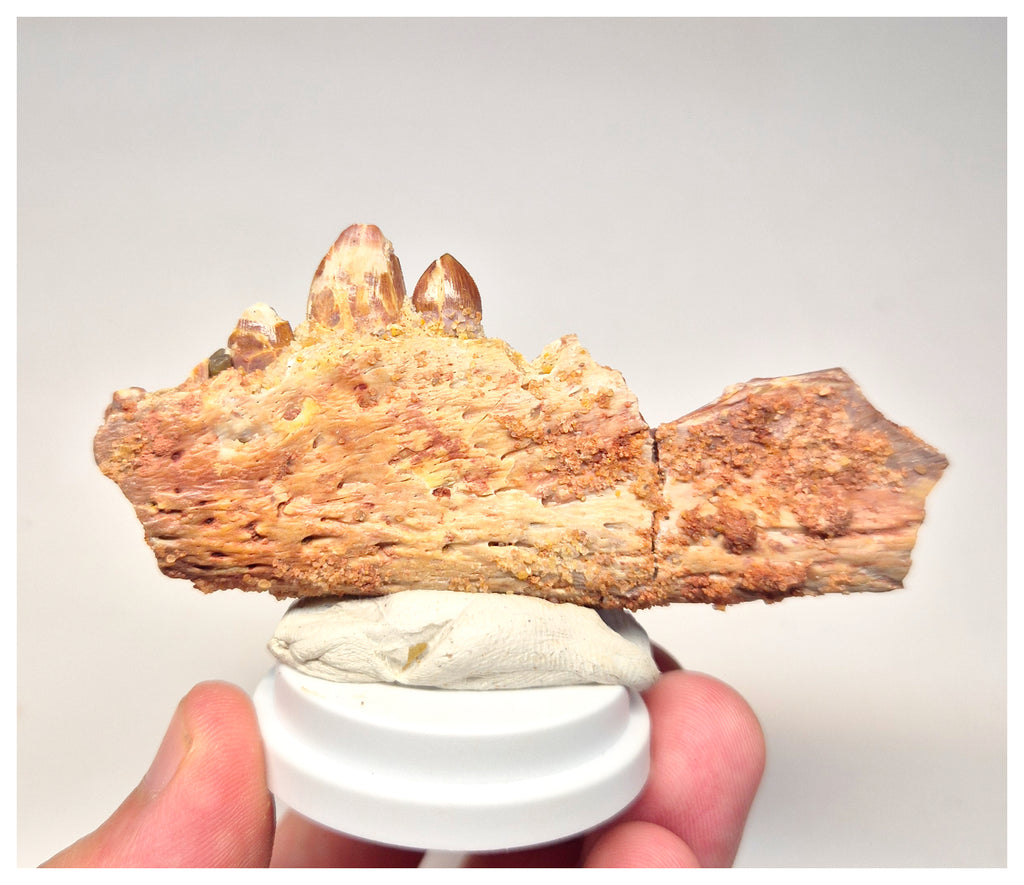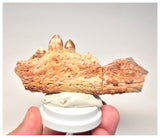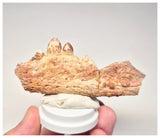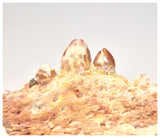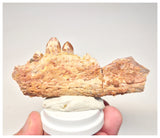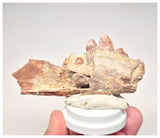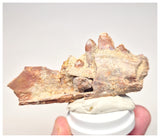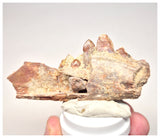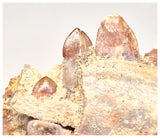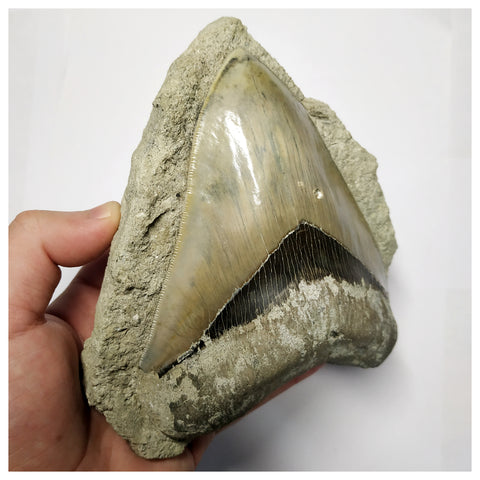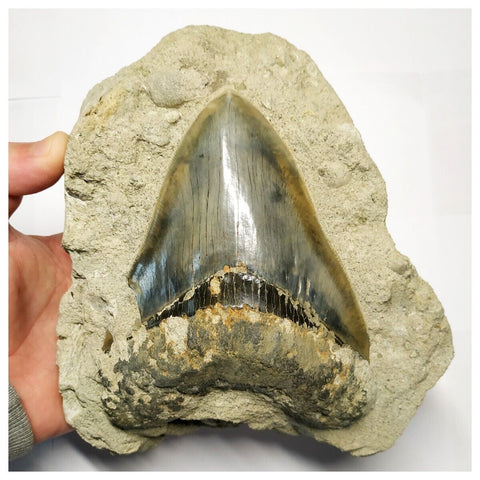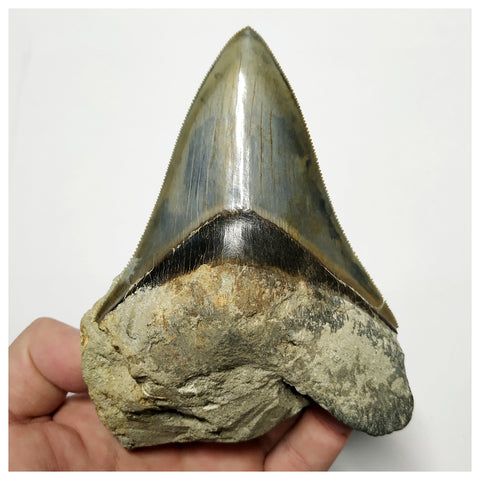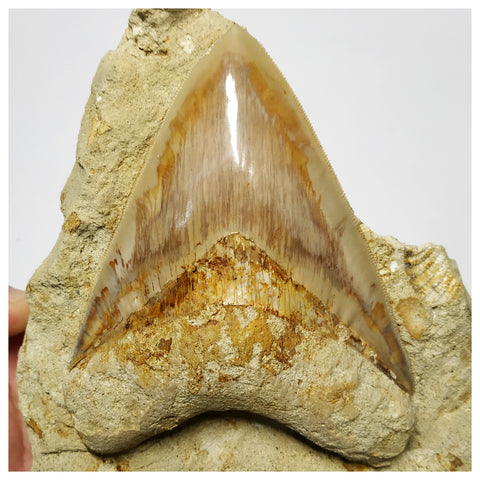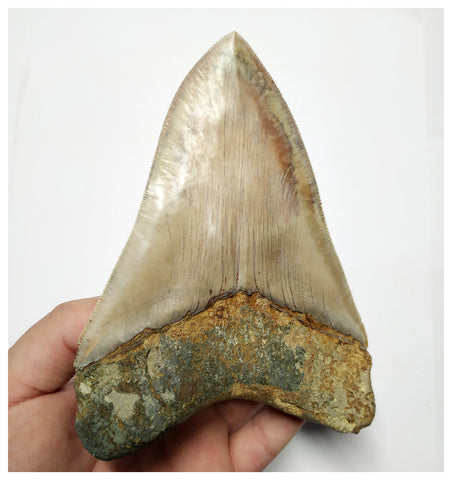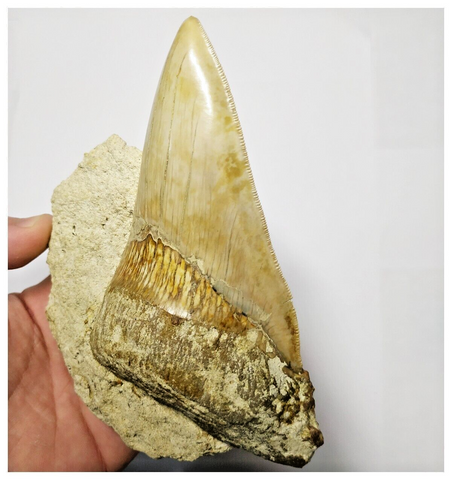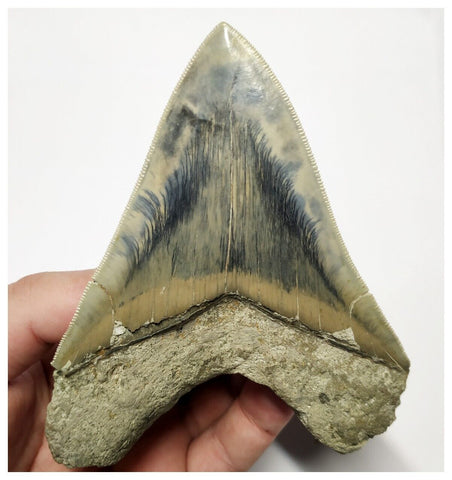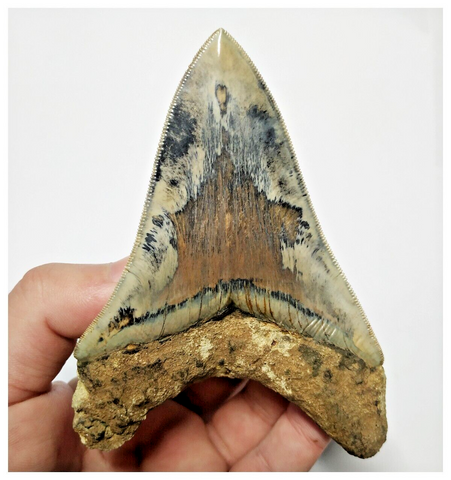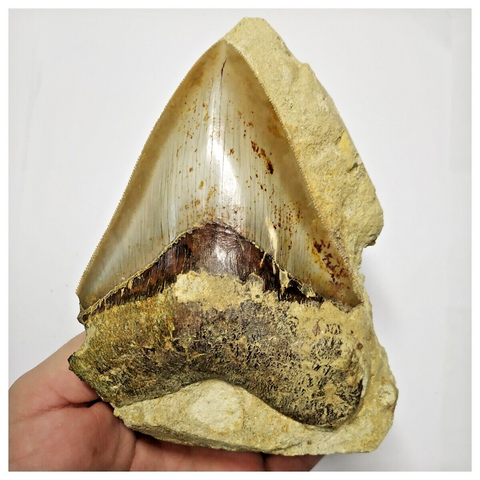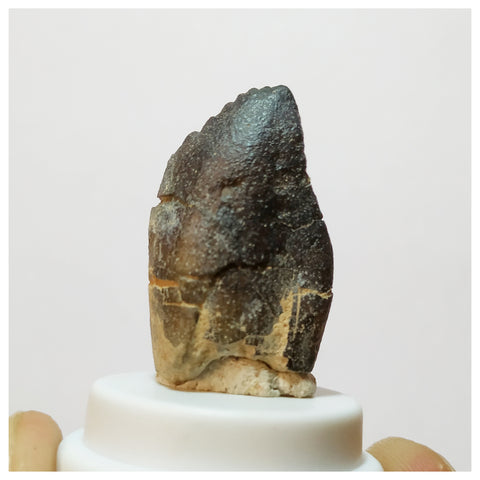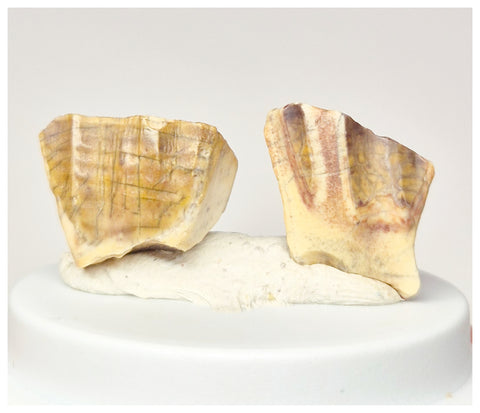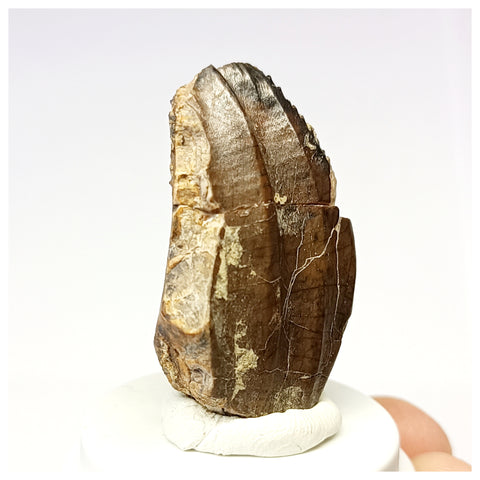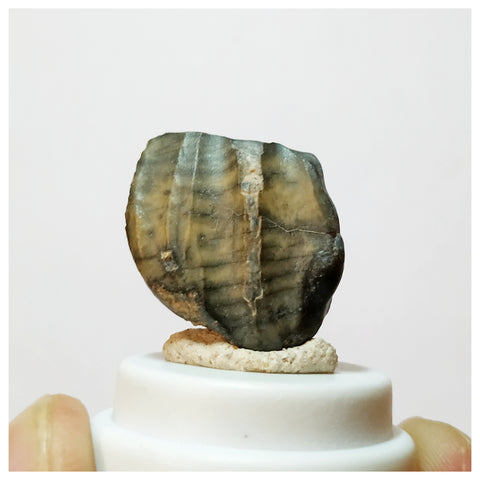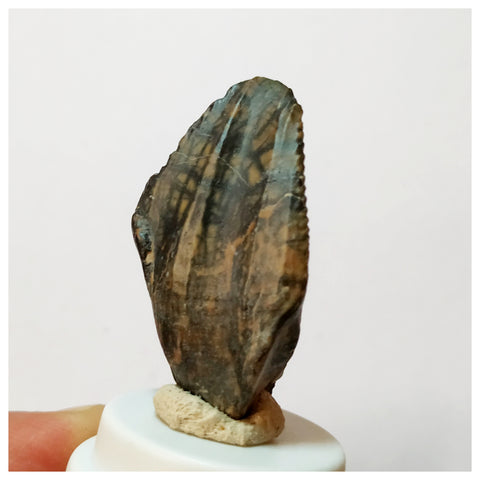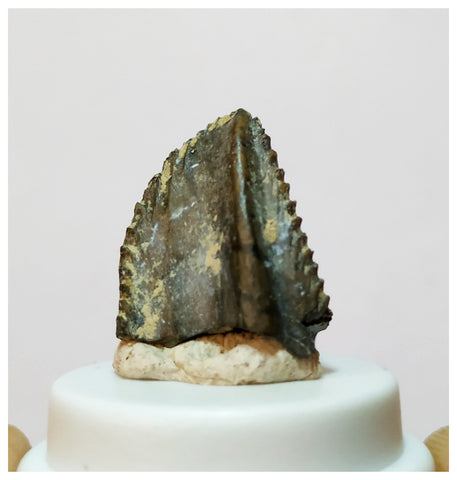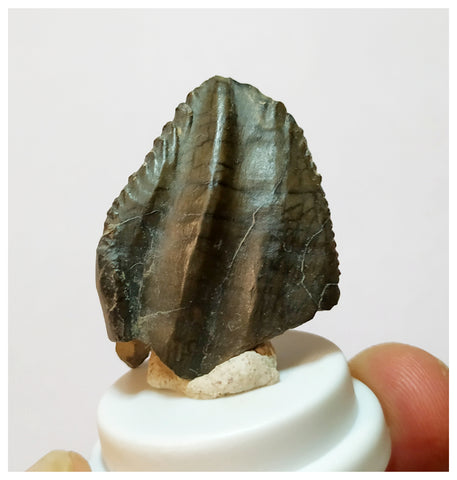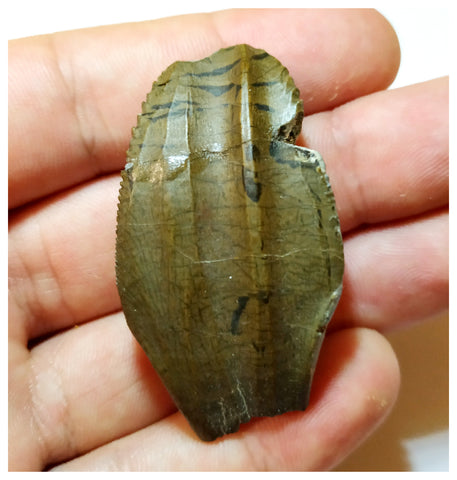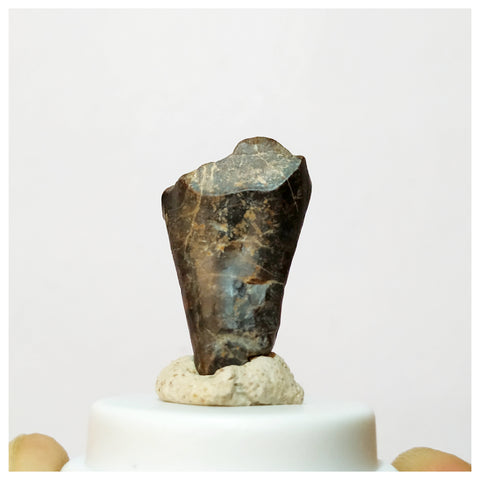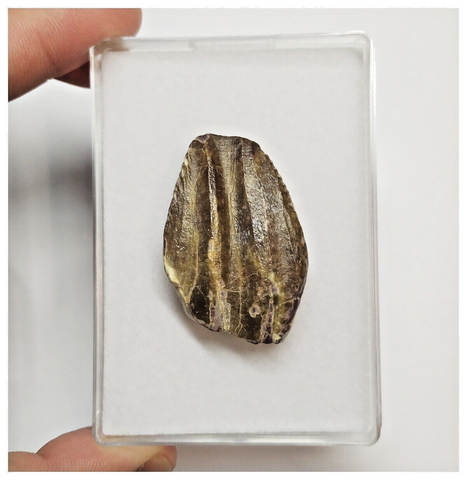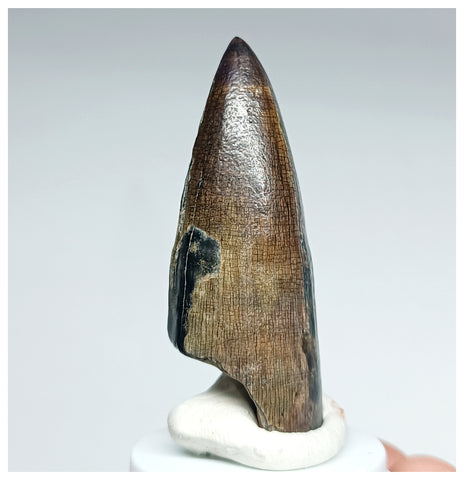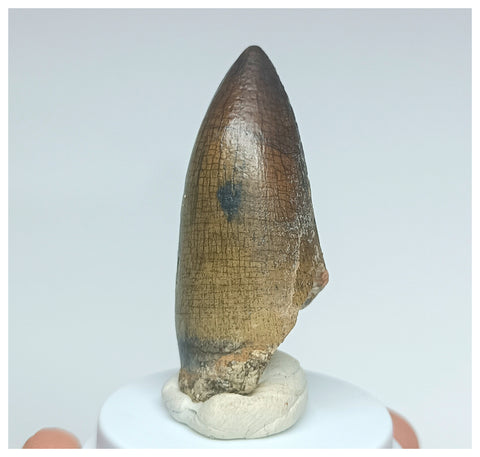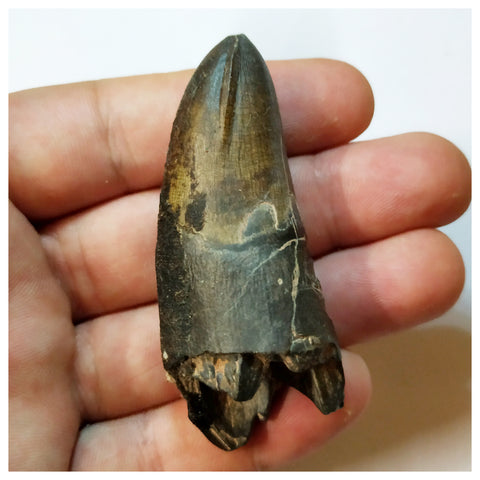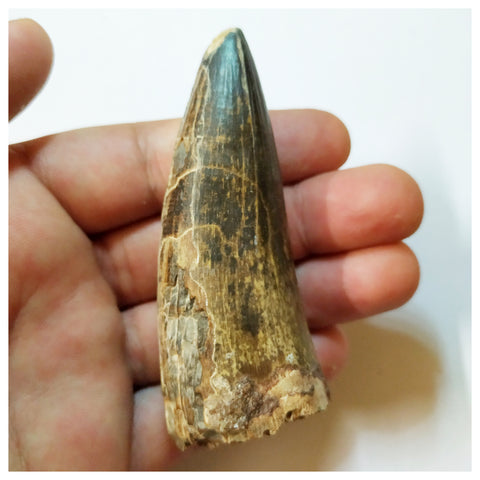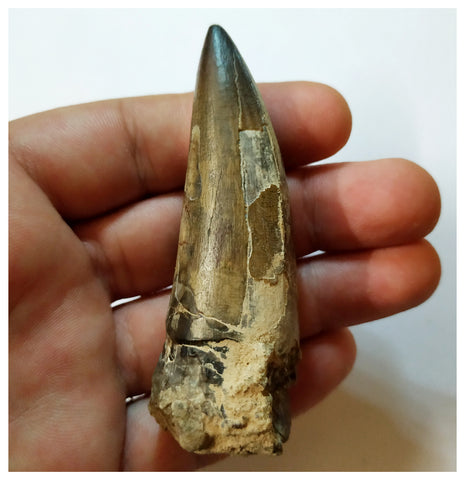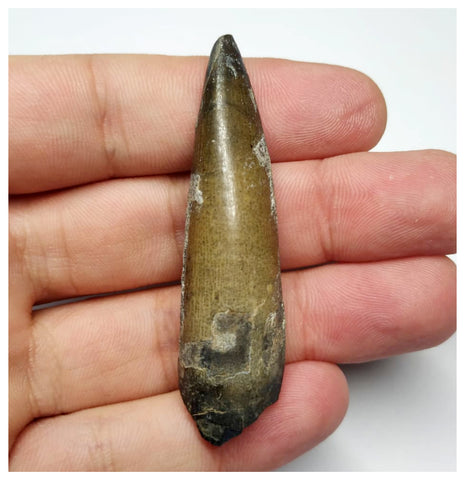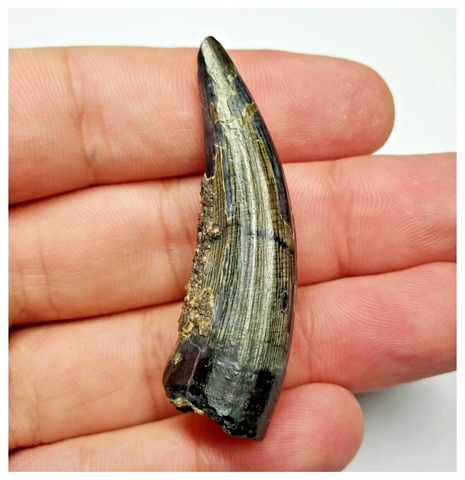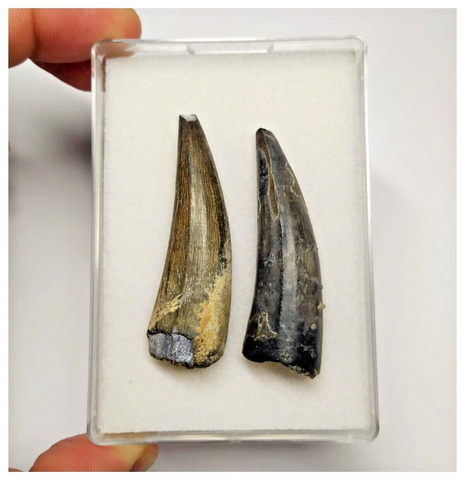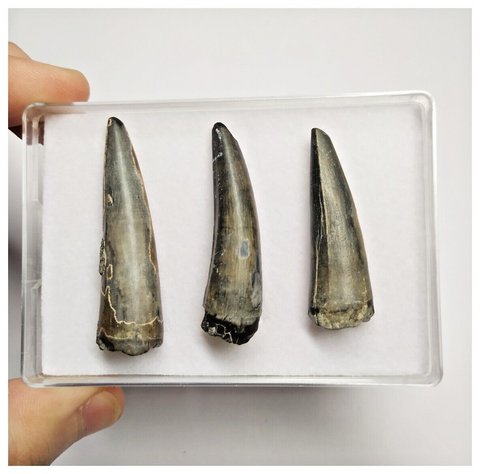
We display the Wikipedia text under the Creative Commons Attribution-ShareAlike License
The Only Real Specialist. A Certified Paleontologist in Charge
Many turn their hobby into business, they have an online store or sell in eBay. While that can be commendable, it can’t compare with a real expert, with years of academic formation, supervised field work experience, trained in the art of correct identification, detection of fakes, and a solid network of other accredited paleontologists to consult with.
The key facts are being able to guarantee:
Proper Fossil ID • Accurate Scientific Description • Lifetime Warranty
We do that, and in addition we provide a state-of-the-art uniquely numbered, 24/7 online verifiable, hologram-secured Certificate of Authenticity with all the specimens. It is a lifetime warranty: if new discoveries are made that modify the classification of the specimen or there is any inaccuracy, we will re-issue the certificate. On top of that, a 100% Money Back Guarantee in case you simply change your mind: no questions asked.
Why Jurassic Dreams
- Affordable real fossils, perfect for a UNIQUE gift
- But also unique Museum Grade Fossils
- We have Free Express Shipping to USA for orders over $150
- We provide a state-of-the-art Certificate of Authenticity
- We only display scientifically accurate well curated fossil descriptions
- High resolution photos with special clear lenses on all specimens
- We visit the quarries. We own the specimens. We stay legal
- We cooperate with museums, governments and paleontological institutions
-
We only sell real, genuine fossils. Detecting fakes for over 10 years...
- We are a proud member and abide by the Code of Ethics of the AAPS



